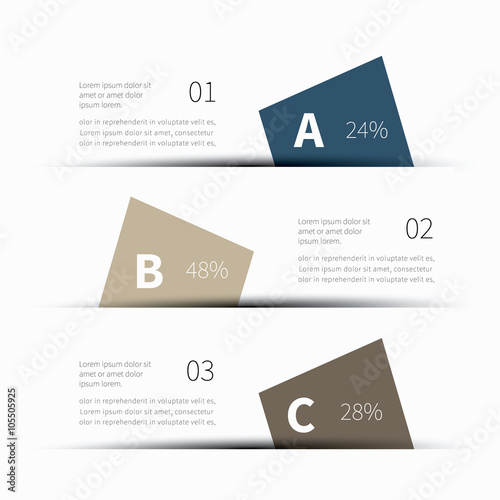How To Allocate Your Floor Covering Project: A Practical Overview
How To Allocate Your Floor Covering Project: A Practical Overview
Blog Article
Content Writer-McGrath Falk
When you're planning a flooring job, budgeting isn't almost selecting a number; it has to do with understanding what you absolutely need and the costs involved. You'll intend to analyze your particular demands, research various materials, and expect unanticipated costs. Think about just how variables like area purpose and installment approaches can impact your budget. Yet before you jump in, there are some critical information you may neglect that could significantly impact your general costs. Allow's discover exactly how to navigate these complexities and ensure your job remains on track.
Assessing Your Floor Covering Needs
Before diving right into your floor covering task, it's important to examine your flooring needs. Begin by considering the certain areas where you plan to install brand-new flooring. Think about the purpose of each area. For instance, bathroom and kitchens call for waterproof products, while living areas may benefit from comfort and aesthetic appeals.
Next off, examine the status quo of your floorings. Are there any type of structural problems, such as irregular surfaces or dampness troubles? Resolving these issues beforehand can save you time and money down the line.
Additionally, take note of the dimensions of each room to establish how much flooring you'll need.
Do not forget to consider your way of life. If you have family pets or young youngsters, toughness might be your top priority, while a more official space may call for an elegant surface. Furthermore, consider your style preferences. Do you choose a traditional look, or are you attracted to contemporary designs?
Lastly, be sensible concerning just how much maintenance you're willing to devote to. Some materials call for even more maintenance than others. By recognizing your needs plainly, you'll be much better equipped to make enlightened options as you move on with your flooring task.
Estimating Prices and Products
Estimating costs and materials is an essential step in your flooring job that can considerably affect your total budget. Start by determining your room accurately to identify how much flooring you'll require. For the majority of products, you'll find pricing by square foot, so gather quotes from various providers to get a sensible figure.
Next off, take into visit my web page of flooring you desire. Choices like wood, laminate, floor tile, or carpet all featured different cost points. Research study the prices for every and factor in any extra products like underlayment, glue, or shift strips.
Do not forget to include devices if you're intending a DIY setup, as renting out or purchasing devices can contribute to your expenditures.
Labor prices are one more essential factor to consider. If you're working with specialists, get estimates from several specialists to ensure you're getting a fair rate. Be clear regarding the extent of job to stay clear of unforeseen costs later on.
Last but not least, it's smart to reserve a tiny portion of your allocate any type of unanticipated costs connected to materials. By thoroughly estimating your expenses and products upfront, you'll establish yourself up for a smoother and much more manageable flooring project.
Planning for Hidden Costs
Many property owners neglect the covert expenses that can emerge throughout a flooring task, which can result in budget plan overruns. To prevent this, you require to plan for possible additional costs.
Initially, consider the problem of your existing subfloor. If it's damaged or uneven, you'll likely need repair work or leveling, which can include significantly to your overall expense.
Next off, think about removal and disposal fees for your old floor covering. Several contractors bill added for this solution, so element that right into your spending plan.
Additionally, do not forget the prices of underlayment, which may not be consisted of in the first quote yet are crucial for a successful installation.
You must likewise plan for unanticipated difficulties, such as plumbing or electric job if your floor covering project involves moving fixtures. It's wise to set aside at the very least 10-15% of your total budget for these unexpected costs.
Finally, bear in mind that licenses may be needed for sure installments. Always inspect neighborhood guidelines to prevent penalties or hold-ups.
Verdict
In conclusion, budgeting for your floor covering project is important for a successful outcome. By analyzing https://www.floordaily.net/flooring-news/millburn-flooring-acquires-blendex , estimating costs, and planning for covert expenditures, you'll stay clear of surprises and stay on track. Keep in mind to set aside a part of your allocate unanticipated expenses and keep a thorough failure of your expenditures. With mindful planning and factor to consider, you'll create a gorgeous room that satisfies your needs without breaking the bank. Happy floor covering!
